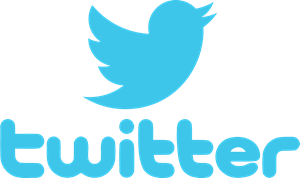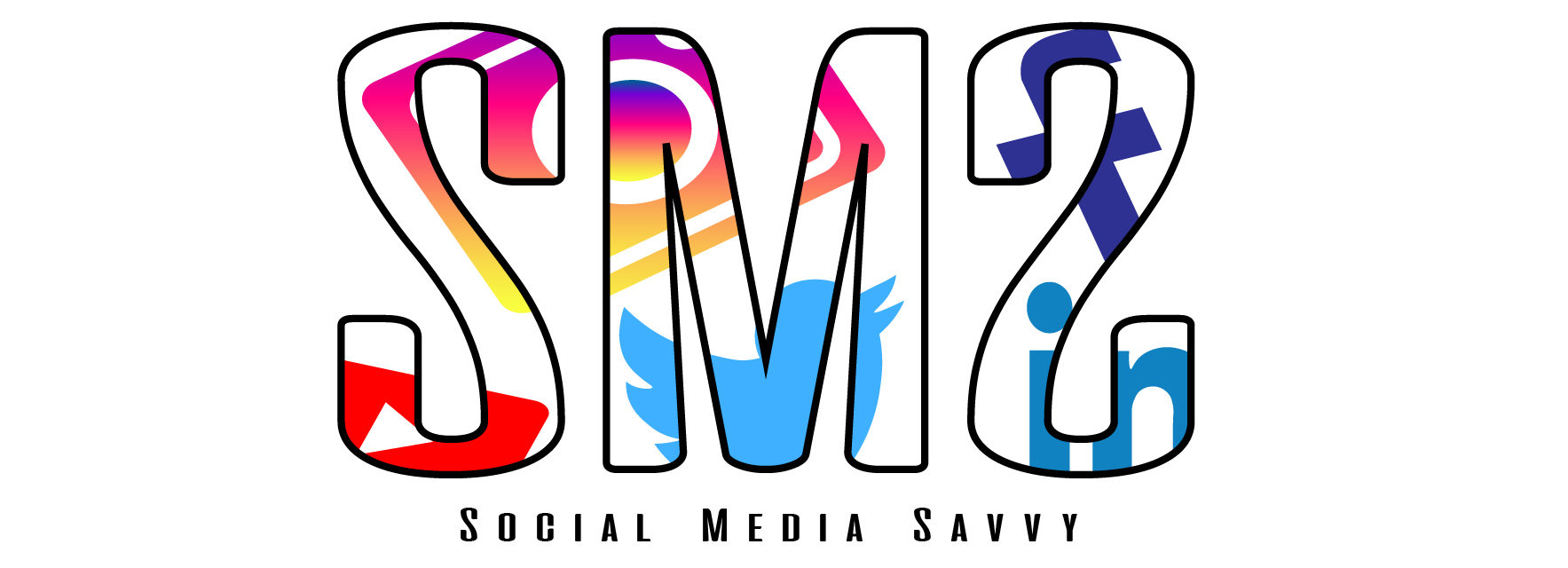What more you need to know about setting up your Twitter Account (Part 2)? This week, another blog with Twitter tips and tricks regarding setting up your account: The name you will use, the description of your profile, how to connect with… We will give you, readers, all you need to know, useful takeaways (tips and tricks) to become social media savvy.
The Description (Bio) of your Profile
The Twitter bio is where people will go to figure out if they want to follow you. Tell them what they can expect from following your account: What will you tweet about? Use keywords and hashtags in your bio. Link to your blog from your bio. So, that’s why we use the #socialmediasavvy in our bio, because we inform and guide young people in their #socialmedia #savvy #jobsearch and #startup #journeytowork.
What do you hope to achieve when people search for your name? What do you want them to see? Start by identifying the qualities or characteristics that make you distinctive from your competitors — or your colleagues. What have you done lately —this week — to make yourself stand out?

Identify Up to Three Areas of Expertise
What do you want to be known for? Whom do you want to connect with? You need to determine what makes you unique. That means you have to know yourself pretty good and what you stand for. It’s very important it’s clear why people should want to follow you.
Write a good bio !
Describing who you are, and what you do, is one of the most important steps in setting up a social media account. Your main social profile’s bio is usually just a sentence or two about yourself or your business – Elevator Pitch & include your main keywords. Be sure to fill out your bio to its full potential. Highlighting what you have that your competitors don’t by delivering consistent content and messaging — through imagery, tone, voice, etc.— will help install your identity in the minds of your customers. As a personal brand, it’s really important to talk about everyone else as much as you can. It’s just too boring and unhelpful to tell everyone about you
Develop a Strong Positioning Statement
A positioning statement is a brief summation of who you are, what you do and what you stand for. Typically, positioning statements are created for brands or products, but in this case you’re developing one for you. Look at these fields as an additional place to get some great keyword value.
Use a Consistent Look and Feel on All Platforms

Your choice of color, style and tone are branding aspects that should be consistent across all of your channels. For example, if you use a blue color scheme on your personal website, don’t use a yellow one on your Facebook page. The idea is to make yourself memorable. People are more likely to remember you if you use a consistent look and feel on all platforms. Joe Pulizzi uses the color orange to create recognition for his personal brand. Joe also always wears this color, whether he’s speaking at a conference or doing an interview for radio…
Your (Twitter) Background (header image)
Although this one is limited to select networks, such as your Twitter, Facebook and YouTube channel profiles, this is one to invest in for those networks that allow it. A customized background will allow you to share additional information that may not fit in the fields of your profile, as well as share additional links and icons to other networks so people know your brand can be found elsewhere. Use text overlay on your header image to point out the most important facts about you and your blog. You can use the (free) tool Canva to create an image with text overlay in the right dimension.
Privacy Settings
So after you have all of your profile filled out, pictures uploaded, and backgrounds designed, the next thing that you will need to take a look at are your privacy settings. These vary from network to network, but you will want to make sure that the information you would like to be public is viewable.
Do you want to read Part 1, click below. Do you want to read part 3? Coming Soon!
